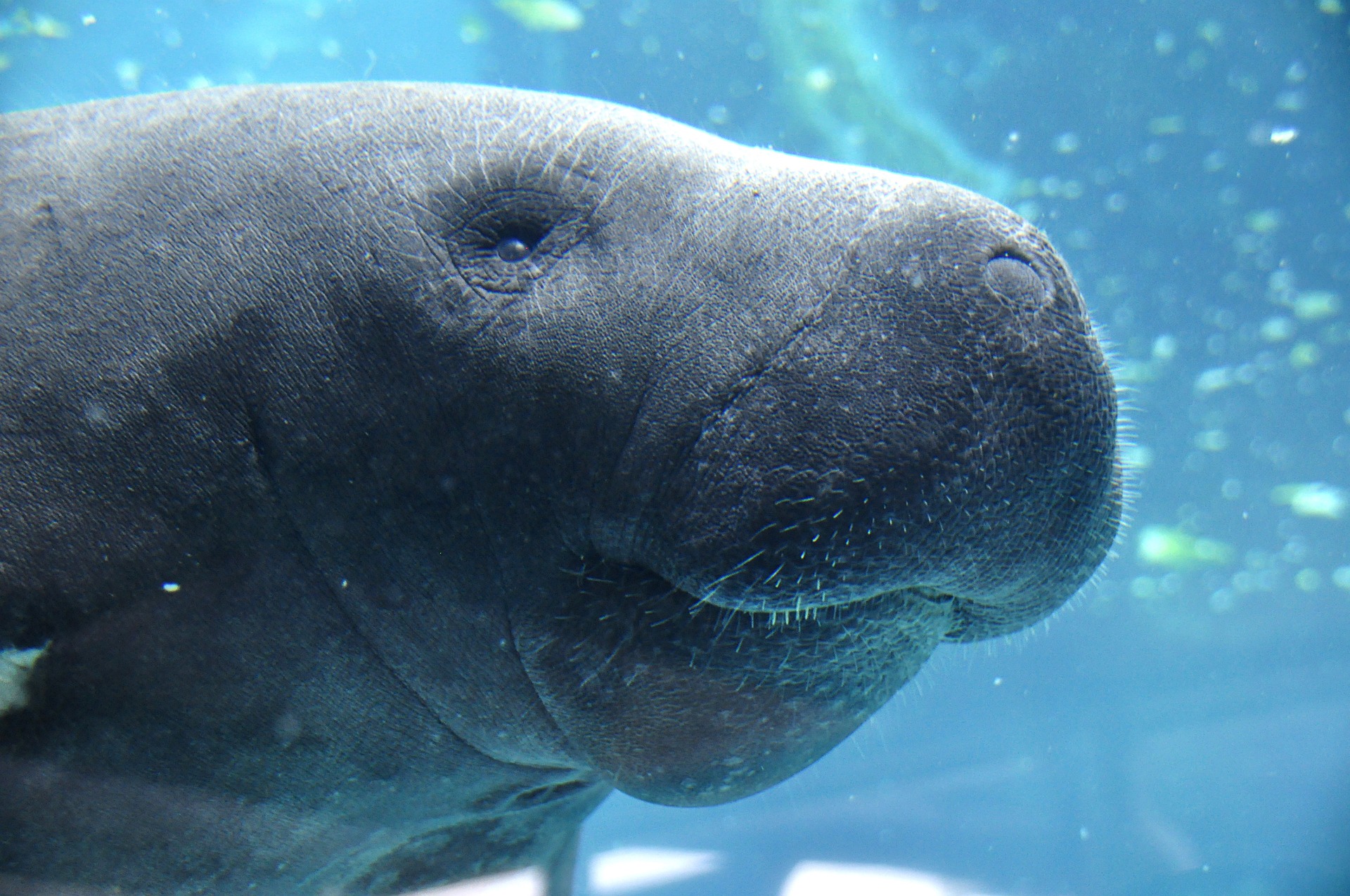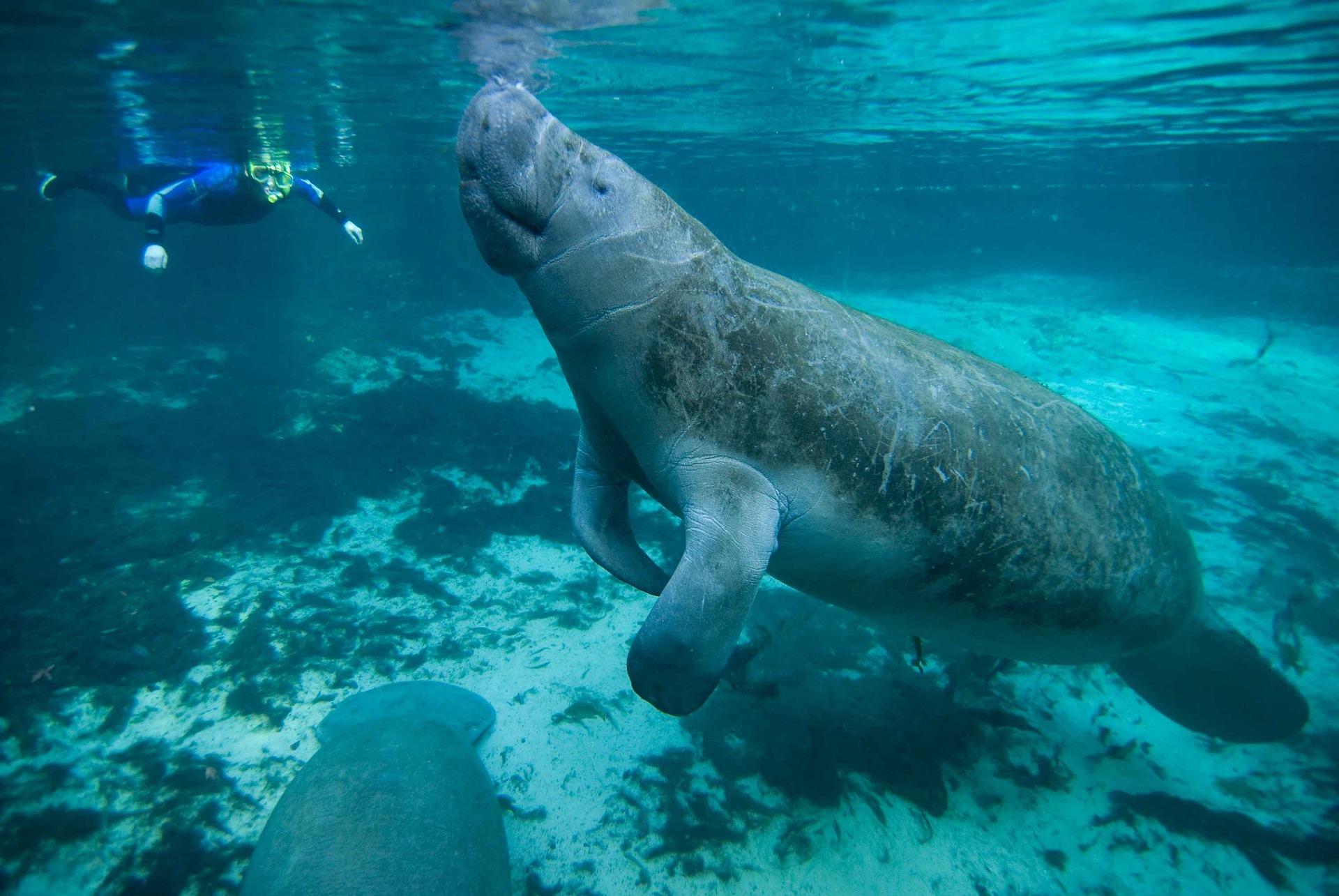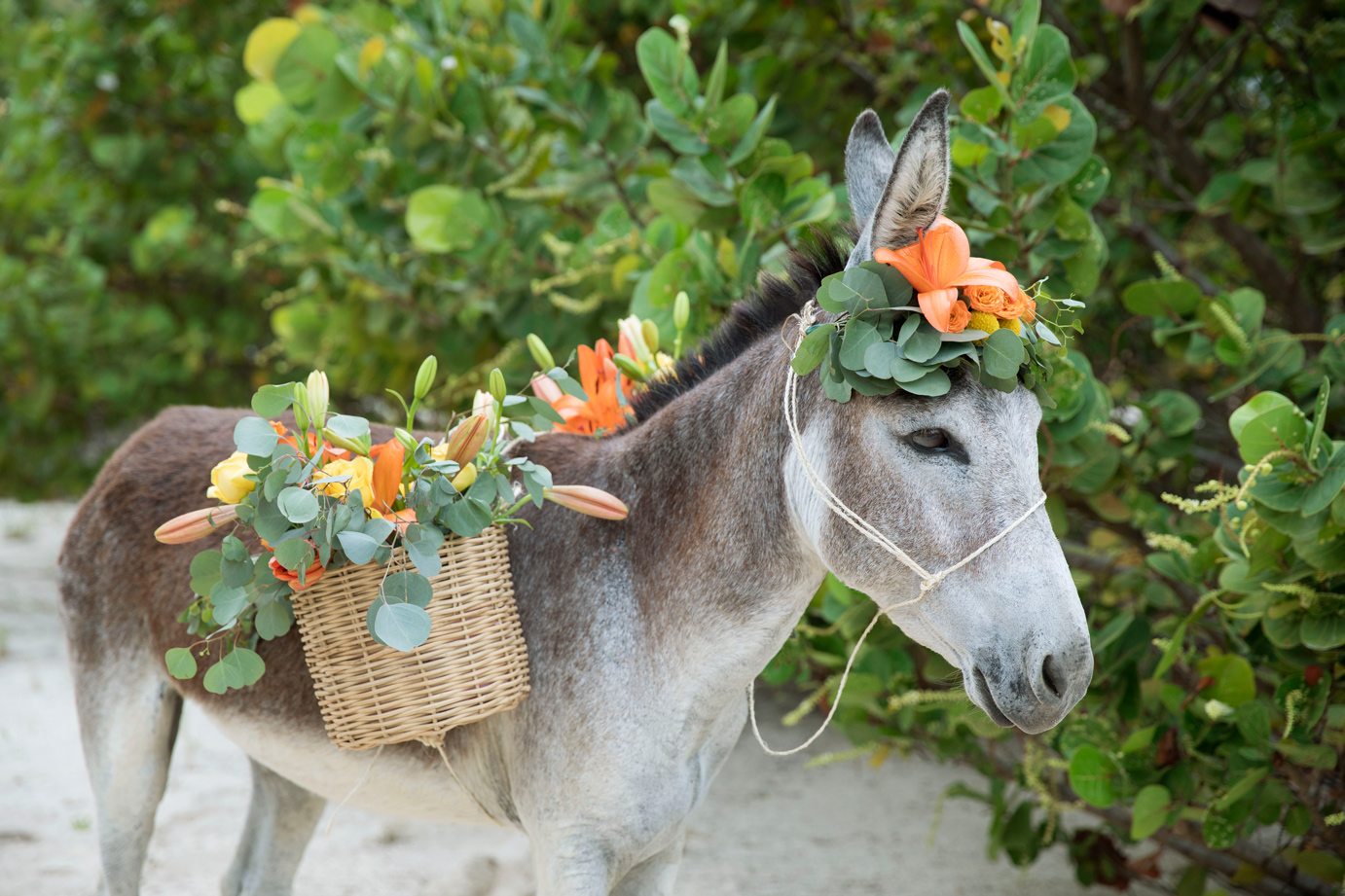Manatees: See What The Real Mermaids of The Caribbean Look Like!
Dive into the Caribbean mermaid legends and learn about sea cows, sirens, and manatees for your upcoming tropical adventures and experiences.
Have you ever seen a sea cow? This fitting name given to manatees depicts the gentle grazing nature of these large and slow moving creatures. If there was ever another creature that characterizes a cow's behavior underwater, it's a manatee.
But what do we actually know about these water based wonders? Are they the same as dolphins or dugongs? Why are manatees important? What do they have to do with Caribbean mermaid legends?
Keep reading and find out!
Manatee awareness month
The month of November is dedicated to Manatees. Whilst this campaign began in Florida with manatee protection zones, the event applies to manatees everywhere and is a chance for everyone to learn a bit more about manatees, their behavior, their needs, and their environment.
Through understanding and awareness, we can better protect these unusual looking mermaids.
Let's start with something fun…
Are manatees the original mermaids?
Christopher Columbus was a renowned traveler with some very interesting journeys. During one of them, this Italian Explorer was sailing along near the Dominican Republic and he is noted as having seen three “Mermaids” also known as “Sirens”. He is quoted as saying:
"I saw three sirens that came up very high out of the sea. They were not as beautiful as they are painted, since in some ways they have a face like a man."
Many have come to the conclusion that what he must have seen were Manatees due to their masculine facial features and whiskers, and their close proximity to the surface.

It is worth also noting that the West Indian manatee is part of the scientific Sirenia order. Sirenia? Yes, it does sound very much like Siren. In fact, some sea cows are referred to as sirens using the word derived from Greek mythology. How some sailors or why some sailors believed that Manatees looked like half human half fish people… is a subject of much speculation.
So are they the original mermaids or sirens of old? Well, no. However, it appears that some sailors did confuse their appearance with what they knew of Mermaids.
What kinds of Manatees are there?
There are three types of Manatee. These are the West African Manatee, the Amazonian Manatee, and the West Indian Manatee. Note that there are no areas in the Indo-Pacific (areas around India, East Africa, Malaysia, and Australia) where you can find Manatees, so if you see something that looks like one then it is probably a dugong.
The West Indian Manatee is divided into two types. The Caribbean or Anitllean Manatee which is what you will find in Mexico, and the Dominican Republic, and the Florida Manatee, which as the name suggests can be found in Florida. That said, Manatees though fairly slow in comparison to a lot of ocean life, are known to travel hundreds of miles and you could find a Florida Manatee in the Caribbean.
The Manatee habitat
So where do manatees live? As fully aquatic creatures, they spend their entire lives in the water. But they are also mammals, not fish. This means that they need to come up to the surface regularly for air.

Yup, they don't have any gills. In their day to day they come up for air every 2-4 minutes but records show that a West Indian Manatee was once seen underwater for 24 minutes. That's a long time to hold your breath!
These sea cows tend not to spend their time in the deep but instead remain in shallower waters by the coast or in connecting rivers and lagoons. When it comes time for them to snooze, they sleep in intervals and come to the surface every 15 minutes or so. They do this for 10-12 hours a day. Not a bad nap.
What do Manatees eat?
You may be wondering if manatees pose any threat to your swimming. Whilst you should give them a respectful distance, West Indian manatees are herbivores (vegetarians) and feed on a wide and long list of ocean plants. Seagrass is one of their favorites but a lot of aquatic vegetation serves as food for them giving us yet another reason to protect the ocean environment.
So how much do they eat? The answer: a lot! Imagine if you weighed 200 pounds and you ate 30 pounds of food a day. That might seem like a lot and you would be right. But that's exactly what Manatees do. Eating up to 15% of their body weight each day a 1000-pound manatee (yes they do weigh that much) would eat up to 150 pounds of vegetation each day. No wonder they are so “well rounded”.
As you might imagine, you need a fair amount of teeth to eat that much. Most Manatees have up to 32 teeth at a time but because of their diet, the teeth get worn down over time and fall out. Don't worry though because they continually grow more teeth replacing the old ones so you won't find any toothless manatees.
Dangers to manatees
All Manatees including the Antillean Manatee are endangered or at risk of extinction. The Manatees you find in and around the Caribbean are noted to be “vulnerable” and have a severe population decline projected for their future.
One of the biggest threats to these gentle creatures is getting hit by boats. We know that crossing the street is dangerous because of the cars and traffic but imagine that you lived in the middle of a busy highway… that's what life is like for the Manatees. They spend a lot of time on the coast near the surface where they are at constant risk of getting hit. This is why it is good to get the word out that you should not feed the manatees. The more they associate people with food, the more danger they could put themselves in.
Another risk comes from plastics and other waste in the ocean. Not only can they easily get caught in a lot of products but anything that affects their environment or causes climate change can affect their food source and habitat. This increases the importance of beach cleaning activities and campaigns like Say No to Plastic.
Through awareness, protection, and conservation of their habitat, the Manatees can continue their gentle existence and continue to give us another natural wonder to marvel at.

Is it OK to see the Manatees?
Nature related activities are often a means of increasing our appreciation of wildlife and boosting our motivation to protect the environment. So yes, seeing Manatees can be a good thing. However here are a couple of things to check…
Make sure that your tour guides in whatever activities you do, show due care for the environment and the wildlife in the Caribbean. This can be noted by the speeds at which they drive the boat, the distance they keep from the creatures, and the avoidance of animal exploitation.
It is also worth noting that if you are actively hoping to see Manatees, it's okay to enjoy their beauty but avoid touching or feeding them. Also, make sure you give them their space so try to avoid chasing them or scaring them in any way.
You can additionally support environmentally friendly activities like beach cleanings or even just make sure that you leave any waste by the ocean.
With that, you can now head to the Caribbean and enjoy!
Tags: Finest Playa Mujeres, Finest Punta Cana
Other Articles you may like

Look at these unique wedding ideas that will help you design a perfect wedding occasion in your favorite wedding resort in the beauty of the Caribbean.


